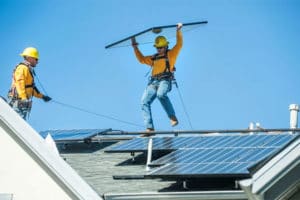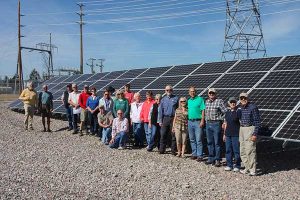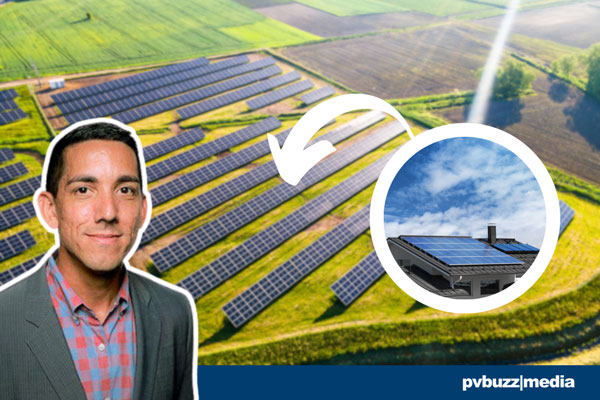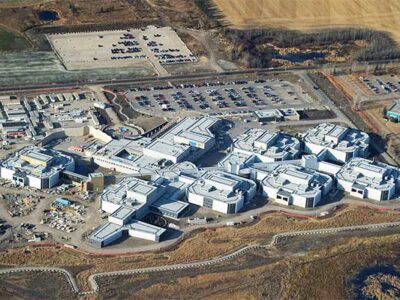- The rooftop solar industry has seen over 100 companies collapse in 2023, signaling a tumultuous period ahead.
- However, with increasing energy demands and investments in renewable energy, there's a shift towards community solar as a viable alternative.
- This transition is underscored by the growing demand for distributed energy resources and the potential for community solar to take a more prominent role in the renewable energy landscape.
While I don’t believe the headline in TIME that the rooftop solar industry is on the verge of collapse, I do firmly believe that rooftop solar will look very different by 2025.
What’s not debatable is that over 100 residential solar companies folded in 2023, and some big names have already announced closures just one month into 2024. The companies that are still operating have evaluations that have plummeted over the past 12 months.
Heck — even the installer of my New Jersey-based project has filed for bankruptcy. Now, how am I supposed to get my solar and storage system serviced?!

Solar installer carries a solar panel during an installation at a home in Ladera Ranch. (Nick Agro, Orange County Register/SCNG)
California has been hit especially hard given the recent net metering rules (NEM 3.0) changed by the California Public Utilities Commission, which cut solar export payments by 75%.
I recall a keynote by SEIA President & CEO Abby Hopper at the SEIA Member Reception at RE+ in 2022, where Abby railed against NEM 3.0, saying it could lead to tens of thousands of lost jobs.
I raised an eyebrow in disbelief.
Less than two months ago, CALSSA’s Executive Director, Bernadette Del Chiaro, issued a press release saying 17,000 jobs would be lost to NEM 3.0, and I still thought that number was inflated … until now.
I don’t think Abby predicted how bad the Interest Rate would be when NEM 3.0 took hold.
I don’t think Bernadette realized the impact outside of California. And I now believe that losing 17,000 California jobs is an understatement.
I conclude that the rooftop solar market, particularly in the residential market, is putting a big damper on the job creation news coming out of the Inflation Reduction Act.
Got Solar Lemons? Make Solar Lemonade!
- Energy demand is up.
- Investments in renewable energy are up.
- Large-scale installations are up.
- The demand for distributed energy is up.
Even with the downturn in residential solar, the demand for energy and solar energy is increasing. This trend has us here at EnergeiaWorks wondering: is this an opportunity for community solar to really take off?

The first panel owners in front of the Flathead Electric SUN (solar utility network), Montana’s first community solar project, during the dedication ceremony in September 2015. Doris Schennum stands at the center, wearing a white shirt.
(Flathead Electric)
A shift in consumer preferences away from individual rooftop installations has occurred during the recent Interest Rate changes, indicating that community solar, where multiple individuals share a centralized solar array, could become a more appealing option.
While some States are just getting started on this development, SEIA reports that 41 States have some form of mandate or incentive for community solar and 6.2GW of projects are operational.
My company (EnergeiaWorks) has long helped community solar developers find top talent, so I hear firsthand how our customers struggle to lock in subscribers for their projects. Perhaps there’s a big opportunity for the residential integrators to partner more with community solar.
I realize that the interplay between residential and community solar is complex: outcomes can vary based on regional factors, market conditions, and policy landscapes.
I also suspect that a balanced and diversified approach to solar, incorporating both residential and community solar, may contribute to a more resilient and sustainable solar industry.
I’m bullish on community solar growth in 2024, so let’s see what the next eleven months bring.












Comments